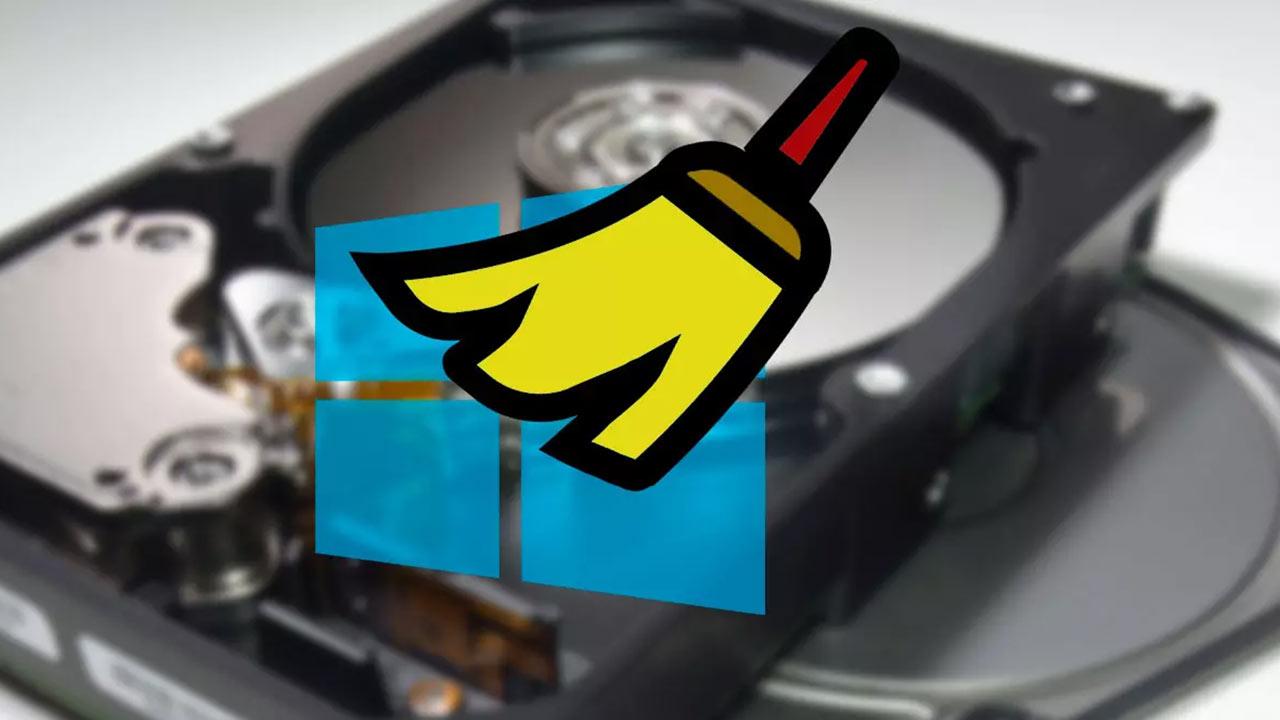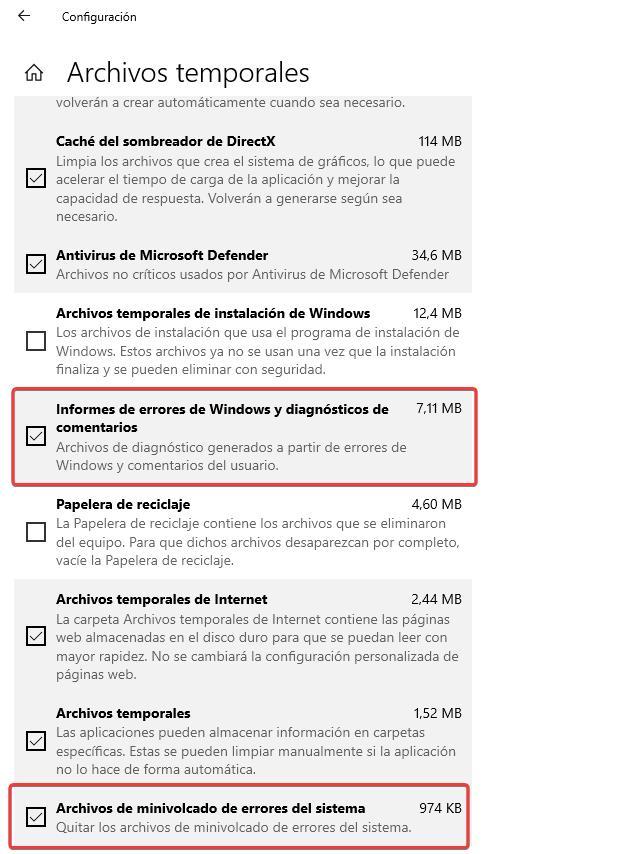Each operating system reserves a portion of the storage space in order to function properly. The system uses this reserved space to properly manage all the tasks it has to do, such as downloading and installing updates, expanding the computer’s physical memory when it’s scarce, and generating error reports to send to Microsoft, among others. Over time, some of these items take up a lot of storage space, which we can quickly and easily delete.
Errors that are displayed are stored in Windows in the form of logs that we may or may not report to Microsoft so that they are aware of the problem and address it in future updates, as long as it is not a sporadic case.
If our team starts Run slower than usualIt takes a long time to perform tasks, no matter how basic they are, the first thing we must do is check how we are doing with storage space. If the main module appears red when accessing the file explorer, this means that we have to start cleaning our computer.
Before we stop thinking about what we can delete or move to other drives, the first thing we must do is get rid of the already installed update files and error files that Windows creates automatically. Both types of files, over time, They can occupy Many megabytes and even gigabytes on our hard drive.
Fortunately, and although it is not from this impression, deleting both error files and update files that are already installed in Windows is a very quick and easy process by following the steps we show you below.
Free up space in Windows
The fastest and easiest way to delete system files and be able to free up space in Windows is to use the application Space cleaningwhich is a native application available on the system and we can access it directly from the Windows search box.
Once the application is launched, in the section a descriptionClick Clean system files. System files are computer-generated files, such as already installed bug and update files.
Next, we need to check the boxes Mini system dump files Based on Windows error reports and feedback diagnostics. Finally, click OK and the application will tell us if we want to continue the process to delete both items.
Other ways to free up space in Windows
Using Disk Cleanup is the easiest way, however, it is not the only way. who orSetup options, we can also perform this task. We just have to access the System> Storage> Temporary files section. In this section, we check the box Windows error reports and feedback diagnostics Based on Mini system dump files.






